When the washer stops draining mid-cycle, this is a nightmare nobody wants to find themselves in because it means there’s an error somewhere. Before you can attempt any form of repair, you will have first to drain the washer. But how do you drain your washer easily, without making a mess and injuring yourself? This takes some planning.
Fortunately, fixing these kinds of washer issues isn’t too difficult; deducing how to completely drain a washing machine of all the water in its drum before starting repairs may just be the trickiest aspect. In this post, we have detailed how to drain your washer the right way. Keep reading.
Before You Begin – Instructions For Both Front and Top-Loading Washers.
Here are a few preliminary steps to get you started regardless of whether your washing machine is front or top loading:
1. Take the Clothes Out
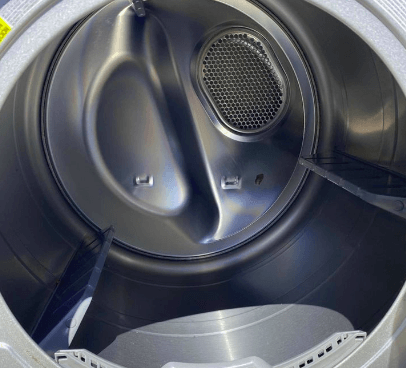
Unfortunately, your washer stopped working mid-cycle but don’t fret. Regardless of the washer style: front or top loading, you first need to take the clothes in the current cycle out of the washer.
While it’s possible to empty your washing machine with a load of laundry inside, it will be much simpler for you to precisely examine what’s going on inside the drum if you remove the wet clothes first.
2. Unplug the Washer
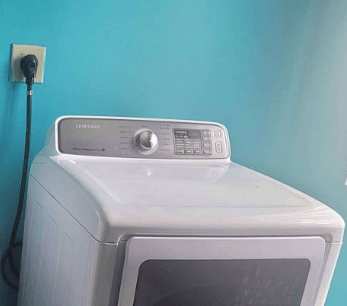
It’s the obvious thing to do: unplug the faulty washer from its source of electricity. To avoid an electrical shock, unplug your washing machine from its power source before you start.
Turn off the circuit breaker if your washer is hardwired to the circuit. For extra caution, turn off adjacent appliances while you prepare to work on your washer.
3. Allow the Water to Cool
Let the water cool to a reasonable temperature if the last load of laundry you were washing with a hot water cycle.
How to Drain a Top Loading Washer
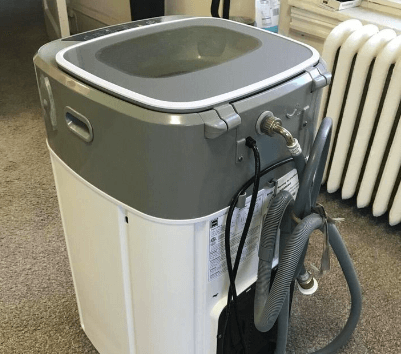
If you have a top-loading washer, follow the steps below to drain it:
Step 1: Locate the Supply And Drain Hoses
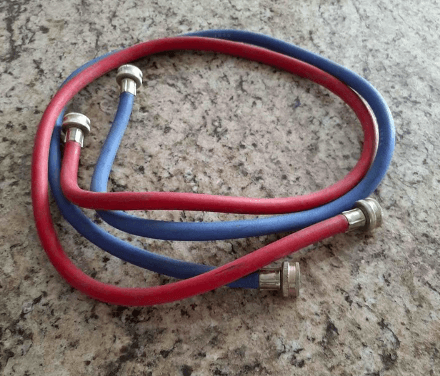
The drain hose drains used soapy water into the drain receptacle while the water supply hoses for hot and cold water supply get the water your washer uses for the cycles into it. To start, move the washer away from the wall so that there’s enough space for you to work. The drain pipe is normally gray, while the cold and water hoses are frequently color-coded blue and red, respectively. Turn the blue and red knobs counterclockwise to shut off the water supply as a safety measure.
Step 2: Draining the Washer
Your washer may drain into a utility sink, a wall-fitted drain pipe, or a standpipe. Get a large bucket ready to hold and disconnect the drain hose from the pipe. Hold the drain pipe in the air until you feel ready to fill the bucket. When the bucket fills up, replace the drain hose and throw the dirty water out. Repeat this process until you can’t get more water out.
Step 3: Take Out Clogs
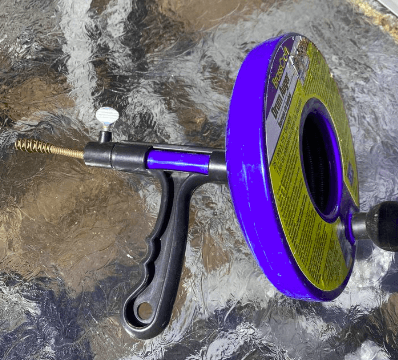
If you went through step 2 but found that water from the drain nose came out slowly, this suggests that the drain pipe is likely blocked. Use a plumber’s snake to release it. Once you’ve reached the obstruction, push the coil’s tip-in and manually turn the coil by turning the handles on the other end. Once you remove the blockage, be ready for water to start flowing quickly from the hose.
If the blockage doesn’t seem to be inside the drain hose, it might be hiding in the drain pump. You may need to consult your owner’s manual to find the drain pump. You’ll notice that it has an entrance line and a drain hose attached to it using spring clamps. Once you’ve found the pump, use a set of pliers to squeeze the spring clamps out of the way. Use a pair of needle-nosed pliers to remove any obstructions you discover.
How to Drain a Front-Loading Washing Machine
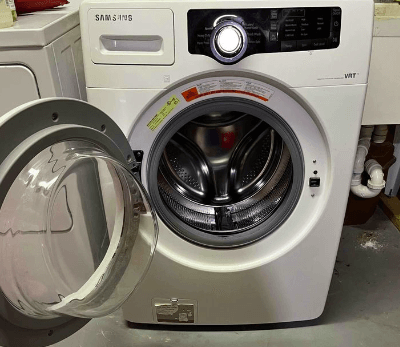
If you have a front-loading washer, follow the steps below to drain it:
Step 1: Locate the Drain Hose
Front-load washers usually have a single drain pump filter that also doubles as a waste water drain. You may not find this setup on some washers, though. Instead, your washer may have a separate hose pipe and pump filter. You should easily find this component(s) behind the washer’s access panel at the bottom corner of the machine(in front of it.
Step 2: Drain the Washer
Whether your front-loading washer has a filter-only setup or a separate filter and drain will determine how you go about draining it.
Filter Only Set Up
Station a bucket underneath the washer to collect the water, then slowly turn the drain filter knob counterclockwise until the water begins to pour. Be careful not to pull the filter all the way out or you may not be able to control the flow. This will also help you to lock the drain when your bucket gets full. Do this until all the water drains out.
Separate Filter And Drain Pump
Station a bucket underneath the washer like the case with the above setup, then unscrew the end cap of the drain tube to unclip it from its position. This should get the water flowing out. Stop the flow when the bucket gets full and repeat the process until done. Replace the lid and clip the hose into place after draining all the water.
Step 3:
Just like it was done with the top-loading washer, you may experience slow draining in your top loader. This indicates that there’s a clog in the filter. Clean out any dirt on the filter by using a soft-bristled brush.
If you can’t figure out where the clog is coming from even after cleaning the drain pump and hose, you may need professional help.
How to drain a portable washing machine?

Portable washing machines have come to comfortably answer the question “how would you wash away from home.” But portable washers may develop the same problems as their regular counterparts. But do not fret if your portable washer needs to be drained; the procedure is quite straightforward:
- Unplug the machine from the wall socket.
- Place the drain hose in a bucket, preferably at a lower height than the water surface, to allow gravity to push the water out.
- There is a knob that allows you to drain the machine on a portable washer. Turn it and allow the water to discharge under gravity into the bucket.
Why Won’t My Washing Machine Drain Water?
Your washing machine not draining could be caused by a few different things:
- The pump in your washer can be defective, or the drain pipe might be jammed.
- You might have a broken lid belt or switch.
- A jammed drain hose could be the problem, in which case you need to unclog it using a snake tool.
Whatever the cause, before any repair or diagnostic can be made, the washing machine’s water must be drained.
Can I Pour Boiling Water Down the Drain Hose to Fix a Blockage?
Yes, you can. Your washer drain hose already handles hot water from draining used hot water when you wash with the hot cycle, although it is unlikely that pouring hot water down the drain pipe would do much to clear any other blockages in it.
